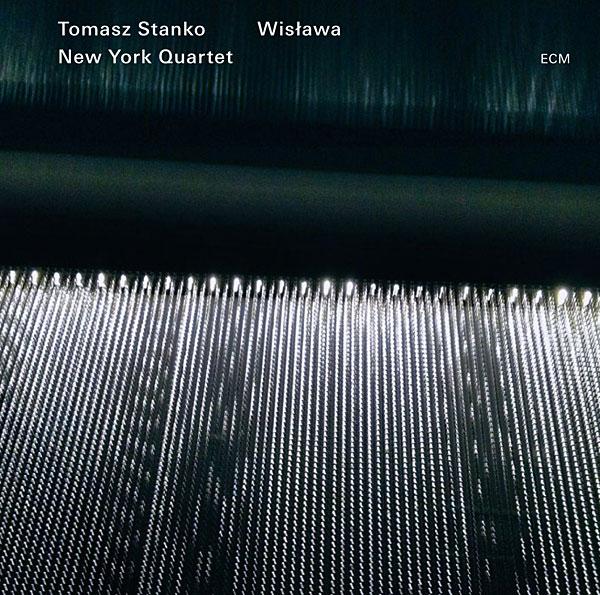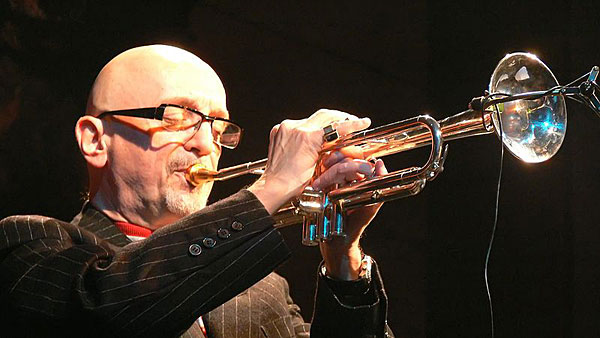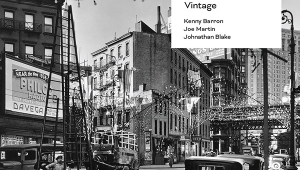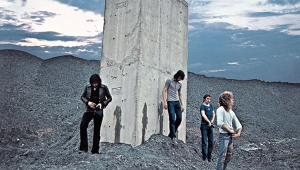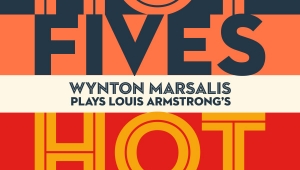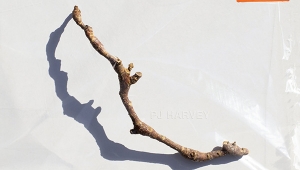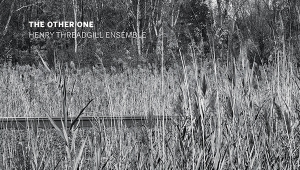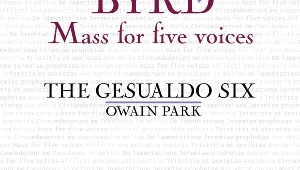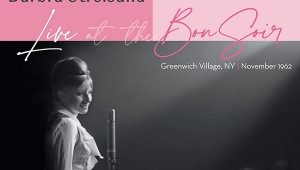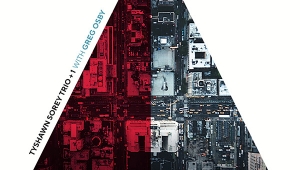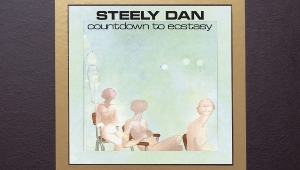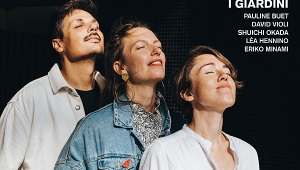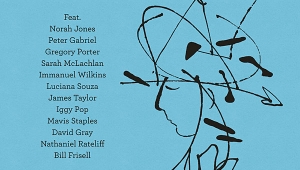| Columns Retired Columns & Blogs |
Thanks Thomas, excellent review.
Tomasz and this band deserve it. Anytime I hear that "jazz is dead," I like to refer the "listener" to this man, as well as many other progressive European artists.
I've been watching the price of this release slowly descend, waiting before I snatch it, and now you've spilled the beans. You make me want it now, and I guess I better before your rave sets the price afire. ;-}
Anyway, artful portrayal.
Will
